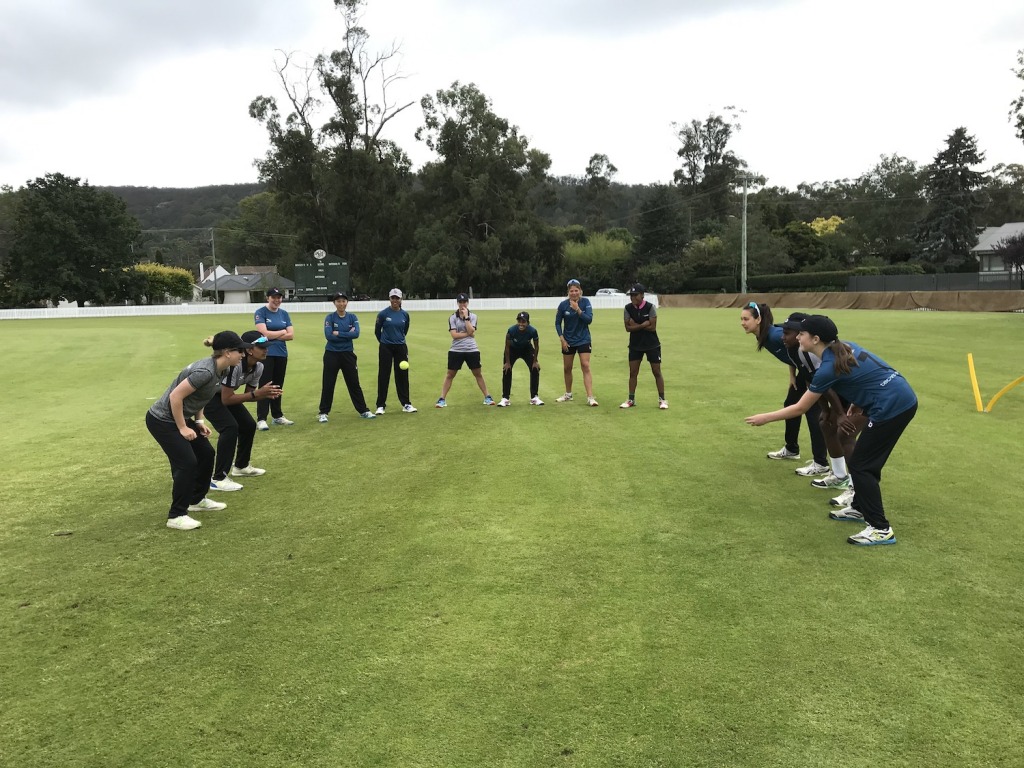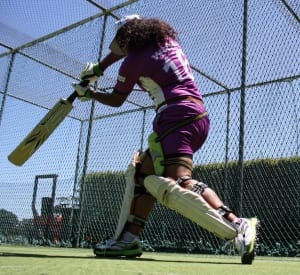Women’s Sport Post COVID-19
– Shaun Martyn, FairBreak Founder
I recently read a very interesting and excellent article by Megan Maurice in The Guardian – ‘Overcoming current challenges in women’s sport’ – prompted by the COVID-19 pandemic.
This is an area many are pondering at the moment. Indeed, it’s not just the future of women’s sport that is of concern, but also just what a global sporting landscape will look like.
As an organisation, FairBreak is completely invested in women’s sport and for the past 10 years, my focus has been on women’s cricket.
I have held the view for some time that financial models underpinning major sporting organisations are unsustainable and flawed. What has been surprising to me is just how bad the situation is.
There will be many who look to condemn and blame but that will not help moving forward from where we are now. My focus now is purely on what the future may look like.
In her article, Megan Maurice has this to say about organisations that have invested in women’s sport…
“The coming months will reveal a lot about the priorities of these sports and the compromises they are willing to make. Who bears the brunt of the consequences in these cases will clearly demonstrate to fans and potential sponsors the importance they place on their women’s competitions”.
“There will be a lot of discussion around what is profitable and what costs an organisation money to run. It is an argument women’s sport advocates are overly familiar with, but it will no doubt ramp up as cuts are made”.
Female athletes are well positioned to navigate an environment where there will be less sponsorship and less revenue for all athletes. Contracts for players, both male and female, will be less. There will need to be a greater balance between work and sport. Women already do this and have been doing it for years. Very, very few are full-time professional athletes. Most have careers outside of their chosen sport or are studying part-time, or both, to ensure a livelihood in most cases just between seasons.
There will have to be a reset with regard to staff ratios, training, performance and career for all athletes.
I know the AFL has already commissioned a paper looking into what comprises a sustainable model in terms of training and staff requirements. From a cricket perspective, many teams are carrying more staff than players. This has to be questioned. What is really required in terms of team preparation, health and safety? Is it time for players to be more resilient and take on a deeper study of their chosen sport and own their performance instead of being spoon-fed by a team of assistants?
The one area that I would debate with Megan is the assumption in her piece that the revenue model for women’s sport has to mirror or be tied to the financial model currently operating in men’s sport.
Anyone who has had the experience of coaching or managing women’s teams knows that it’s different. Not only are there physiological differences but women’s teams interact socially, in my experience, in a completely different way to men’s teams.
Would it be prudent then to ask women how they would like their sport presented?
What broadcast model would they like to see? Do they want their sport linked to gambling revenue given the direct link to domestic violence and family dislocation?
Given the reduction in sponsorship revenue that will be a consequence of COVID-19 and the reluctance of broadcasters to pay for women’s sport, would it not be time for women’s sport to take control of their sports and pursue more long term sustainable models.
Large stadiums will not be full for a long time. There may be a move to smaller, more boutique grounds. Tournament timeframes will need to be more condensed. The cost of hire will be less as well as the associated game production costs. This will suit women’s sport.
Our world has become even more online virtually overnight. That is not going to change post COVID-19.
Owning your own broadcast and sharing in online advertising revenue allows women’s sport to reach and build a global audience and control the integrity of their brand.
Consulting firm PwC Australia last year found internet advertising in Australia more than doubled to $9.5 billion over the five years to 2019 and suggested it would reach $10.8 billion this year.
In 2019, search advertising spending stood at nearly $106.5 billion U.S. dollars worldwide. This amount was projected to grow to about $132 billion U.S. dollars by 2022.
I see a very bright future for women’s sport that drives its own broadcast model and has more control over the presentation of their product.

